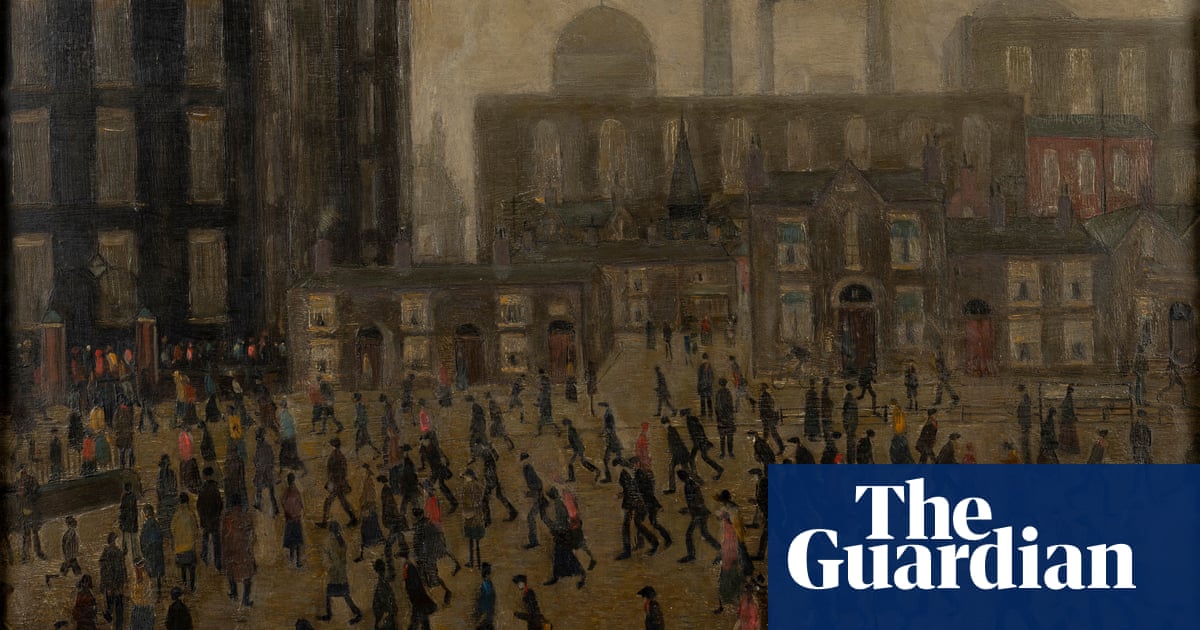A rare painting byLS Lowrybought for £10 has sold at auction for more than £800,000.
The painting, Going to the Mill, was bought by the literary editor of theManchesterGuardian, Arthur Wallace, for £10 in 1926 and has been in the same family ever since.
On Friday the artwork sold at auction at the Mall Galleries in central London for £805,200, including buyer’s premium.
Lowry, who was lauded for his portrayal of everyday industrial scenes in northwestEngland, painted the piece in 1925.
Going to the Mill is marked on the back as being £30, but Lowry let Wallace have it for £10. Adjusted for inflation, that is the equivalent of £521 in 2025, according tothe Bank of England’s calculator.
The painting is believed to be one of the earliest sales made by the Stretford-born painter. Lowry also gave Wallace an additional work, The Manufacturing Town, which the family sold several years ago.
Wallace had edited a supplement for the Guardian to accompany a civic week organised by Manchester city council in October 1926, and featured three paintings by the then struggling artist.
As Wallace’s grandson Keith explains, Lowry was featured in an accompanying exhibition at a Manchester department store, and Wallace – who had fallen for his sooty panoramas of factory-bound crowds – offered to buy one.
“Lowry said with great daring: ‘Could we say £10?’ and Grandpa wrote a cheque. Then Lowry wrote back to him saying: ‘I think I’ve charged you too much. Can I give you another one as well?’ So Grandpa got two Lowrys for his £10.”
Going to the Mill, which has been in the Wallace family for the last century, was recently on long-term loan to Pallant House Gallery in Chichester.
Simon Hucker, a modern and contemporary art specialist at the Lyon & Turnbull auction house said: “We’re absolutely delighted by the price achieved for this exceptional, early painting by Lowry, bought from him when he was a virtual unknown. There are few artists who become a household name in Britain and Lowry definitely falls into this category.
“This is a painting shows that Lowry at his conceptual best, no naive painter of ‘matchstick men’, as the old pop song went. Instead he is an artist of true dexterity who is making deliberate formal choices, abstracting the figure in order to express an idea about loneliness and isolation within the teeming city.
“Going to the Mill is the epitome of a 1920s Lowry, the period when he becomes a unique voice in British art. It is especially rare is for a painting such as this to have been in one collection for one year shy of a century and we are delighted to have played a small part in its history.”
In 2024 a Lowry painting titled Sunday Afternoon sold for almost £6.3m at auction.
